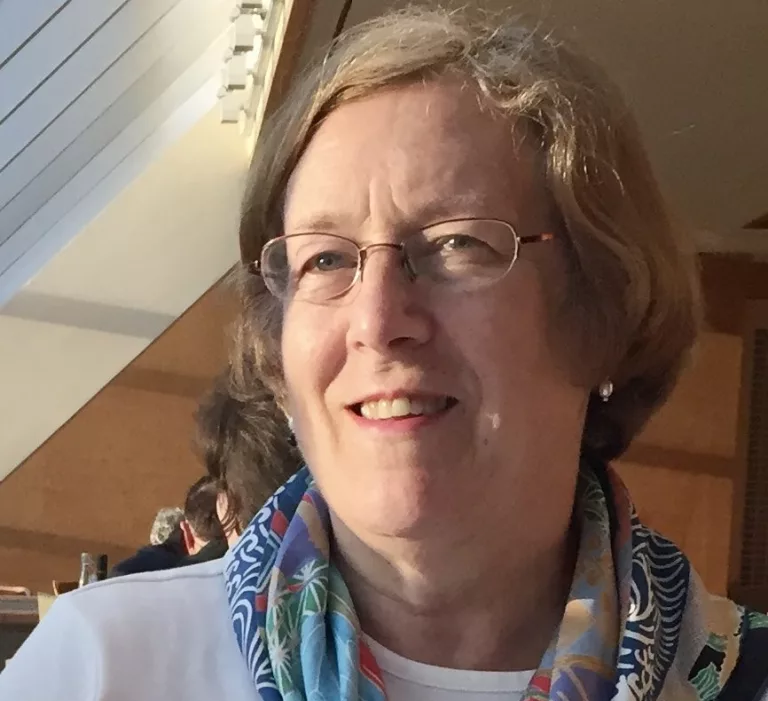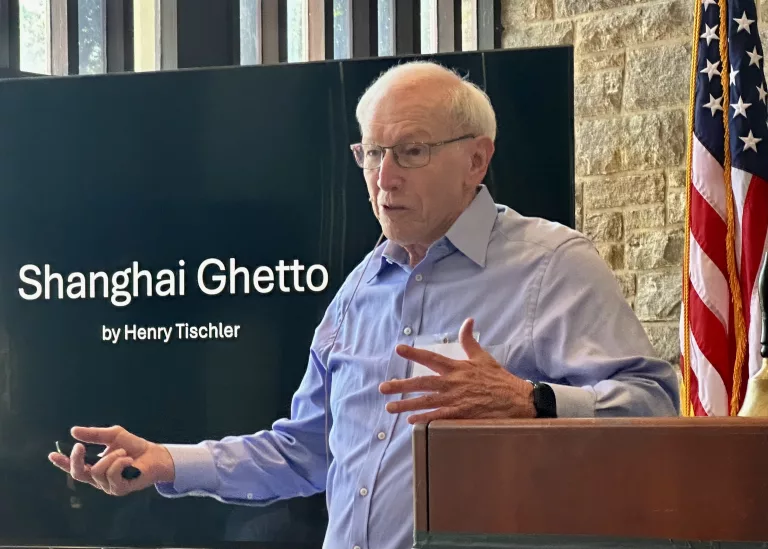
Monday is Memorial Day. For many, it is a day off from work, a time to gather with family and friends, have a barbecue. That is a fine way to mark the day, but we encourage you to take a few moments to read army officer and Greenwich native Francis Ambrogio’s column on Memorial Day. There is also a reproduction of the original order proclaiming a day of honor and remembrance. Sometimes we glaze over the true meaning of Memorial Day and need a gentle reminder of what it is all about.
Three years after the Civil War ended, on May 5, 1868, Maj. Gen. John Logan, the head of the Grand Army of the Republic, an organization of Union veterans, called for the establishment of Decoration Day. The Civil War was still fresh in people’s minds, and the hurt was still in their hearts. More Americans were killed in the Civil War than in any previous war. Decoration Day was to be held on May 30, a date when there were no major battles during the war.
Gen. Logan ordered his posts to decorate graves “with the choicest flowers of springtime” and urged: “We should guard their graves with sacred vigilance. Let pleasant paths invite the coming and going of reverent visitors and fond mourners. Let no neglect, no ravages of time, testify to the present or to the coming generations that we have forgotten as a people the cost of a free and undivided republic.”
Indeed, more than 5,000 people gathered for the first observance of Decoration Day that was held at Arlington National Cemetery. It was rich with symbolism. The former home of Confederate Gen. Robert E. Lee had become a burial ground for fallen soldiers. In 1868 Union Gen. and Mrs. Ulysses S. Grant presided over the ceremonies that included speeches on honor and healing as a nation. Afterward, children from the Soldiers’ and Sailors’ Orphan Home and member of the Grand Army of the Republic walked through the cemetery, placing flowers on the graves of both Union and Confederate graves while singing hymns.
Memorial Day ceremonies quickly spread throughout the country, with state legislatures passing proclamations and the military adopting regulations for proper observance at their facilities. After World War I, the day was expanded to honor all who gave their lives defending America. Finally, in 1971, Congress declared the last Monday in May to be the official Memorial Day and a national holiday.
Today, we can all benefit from reacquainting ourselves with Memorial Day’s origin and meaning. Men and women have died defending our nation from the time of the revolution until today. Each sacrifice was a son or daughter, and chances are good that more recently they were a father or mother. Each leaves behind an indelible mark, a void that will remain mostly unfilled. Nineteenth century clergyman Henry Ward Beecher said of those that died in battle: “They hover as a cloud of witnesses above this Nation.” That is a comforting thought.
What are you doing this weekend? Veterans’ Day is not a Republican or Democratic issue. It is as American as our flag. We should not shy away from its meaning, but rather ensure the next generation understands the ultimate sacrifice made by those of this generation and previous ones. We should go the Memorial Day ceremonies that are occurring throughout town. We should watch the Old Greenwich parade and clap with pride when we see our veterans represented. But we should remember we are not there to just enjoy those who march—we are there to honor those who no longer can.
We at the Sentinel say “thank you.”





